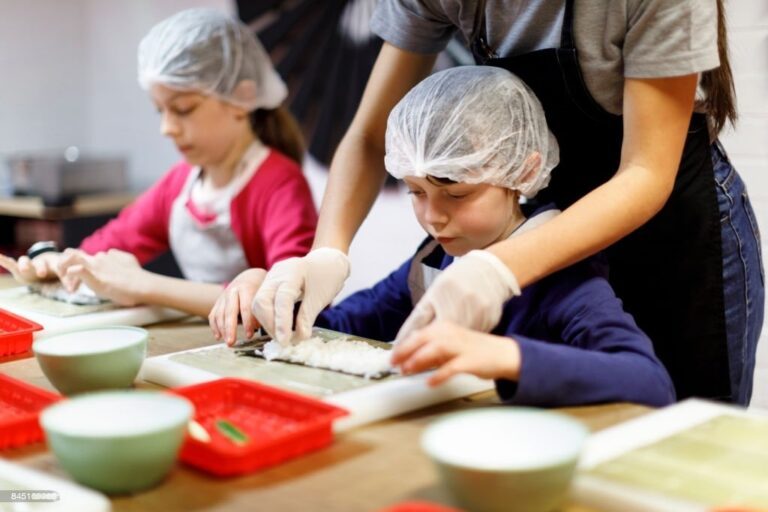Embarking on a career as a food technology teacher in schools offers a unique opportunity to educate and inspire the next generation of chefs and nutritionists. This comprehensive guide will provide you with an in-depth understanding of the journey to food technology teaching. Food Technology Teacher Vacancies are flourishing. Therefore be ready for the teaching passion.
Food Technology Teacher: Training and Vacancies
Are you passionate about both food and education? Do you dream of guiding students towards a future in the culinary arts? Here’s a step-by-step guide on how to achieve your goal of becoming a proficient food technology teacher in schools:
Step 1: Cultivate Your Culinary Expertise
Before you can guide aspiring chefs, you need to hone your own culinary skills. Experiment with recipes, explore diverse cuisines and challenge yourself to master advanced techniques. Becoming a food technology teacher requires not only teaching but also the ability to showcase culinary magic to captivate your students.
Step 2: Pursue Relevant Education
Securing a strong educational foundation is crucial. Consider enrolling in a degree program such as Culinary Arts, Food Technology, or a related field. Institutions like the Le Cordon Bleu London offer comprehensive culinary education to kick-start your journey.
Step 3: Obtain Teaching Qualifications
To teach in UK schools, you’ll need recognized teaching qualifications. The University of Cambridge Faculty of Education offers esteemed programs like the Postgraduate Certificate in Education (PGCE) tailored for aspiring educators.
Step 4: Gain Practical Teaching Experience
Transition smoothly into the world of teaching by acquiring practical experience. Consider roles like a teaching assistant or educational support worker. These positions allow you to grasp classroom dynamics and learn effective teaching techniques.
Step 5: Craft Engaging Lesson Plans
Designing captivating lesson plans is an art. Blend theoretical knowledge with hands-on cooking experiences. For instance, introduce students to the science of emulsification by guiding them through the creation of a perfectly balanced vinaigrette.
Step 6: Explore Career Paths
Your journey as a food technology teacher can lead to various exciting career paths. You might excel as a culinary educator in schools, or venture into curriculum development for educational institutions. Additionally, you could become a consultant for culinary programs, shaping the future of food education.
Step 7: Embrace Lifelong Learning
The culinary world evolves constantly. Stay abreast of the latest trends and innovations by attending workshops and conferences like the British Educational Suppliers Association (BESA) Education Resources Awards. Embrace continuous learning to enhance your teaching methods.
Step 8: Inspire Creativity
Nurture creativity in your students by encouraging them to think outside the recipe book. Challenge them to design their own dishes, combining flavours and ingredients in innovative ways. Foster an environment where culinary experimentation is celebrated.
Career Path Examples
1. Secondary School Food Technology Teacher
As a secondary school food technology teacher, you’ll engage students in exploring culinary techniques, nutrition, and food safety. Your classroom becomes a culinary laboratory where students learn to create delectable and nutritious dishes.
2. Culinary Program Coordinator
In this role, you’ll oversee and enhance the culinary program within an educational institution. Collaborate with teachers, design curriculum, and organize culinary events to enrich students’ culinary experiences.
3. Educational Consultant
Share your expertise by becoming an educational consultant. Work with schools to develop effective food technology curriculums, design workshops, and provide training to fellow educators.
Conclusion
Embarking on a career as a food technology teacher in schools is a journey of culinary passion and educational impact. By following these steps and exploring various career paths, you’ll be well-equipped to inspire students, foster creativity, and contribute to the ever-evolving landscape of food education.
